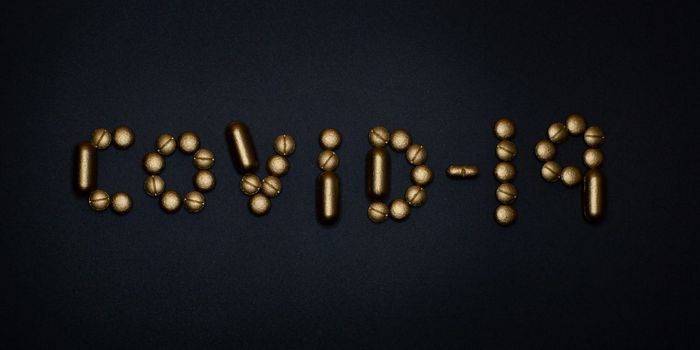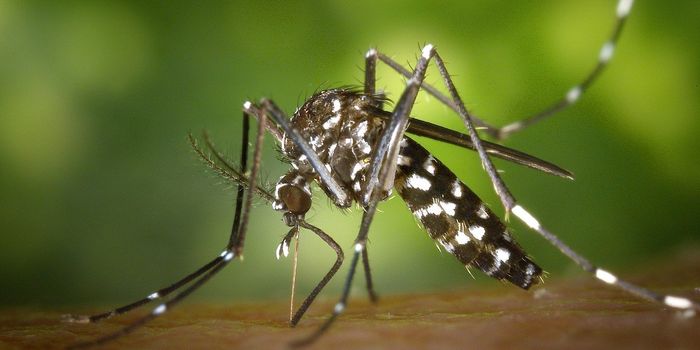Using AI to predict cancer treatment response
A team of researchers at Cancer Molecular Therapeutics Program at Sanford Burnham Prebys have designed a new AI system that could help cancer specialists determine which patients are most likely to respond to and benefit from certain targeted cancer treatments. The team’s research is published in a recent article in Nature Cancer.
Though options like chemotherapy and radiation have been the bulwark of cancer treatment for decades, recent advances in medicine has seen an intense focus on the creation of precision medications, particularly for cancer. These could range from highly personalized cancer treatments to treatments designed to target very specific drivers of cancer; for example, some drugs may target cancers driven by a certain type of gene mutation. The idea is to more forcefully and accurately target cancer, improving outcomes while minimizing side effects.
As part of this push towards precision medicine, wouldn’t it be nice to get even more precise, say, by being able to identify which patients are likely to respond to treatment before they even start? Sanford Burnham Prebys researchers have designed an AI system called PERsonalized Single-Cell Expression-Based Planning for Treatments in Oncology, or PERCEPTION, which examines how RNA takes information from DNA and turns it into action in the body. In so doing, researchers are able to get a better sense of how a cancer evolves and changes, including whether or how it might develop resistance.
Built on a wide range of tumor data, researchers tested the ability of their model to predict how a patient may respond to certain types of treatment. The system uses transfer learning, or the use of a pre-trained model to solve a new or different problem. In clinical trials, PERCEPTION was able to successfully predict how patients with three different types of cancer respond to both monotherapy and combination therapy. In addition to being able to group patients based on whether they would or would not respond, PERCEPTION was also able to track and detect potential resistance.
Sources: Science Daily; Nature Cancer








